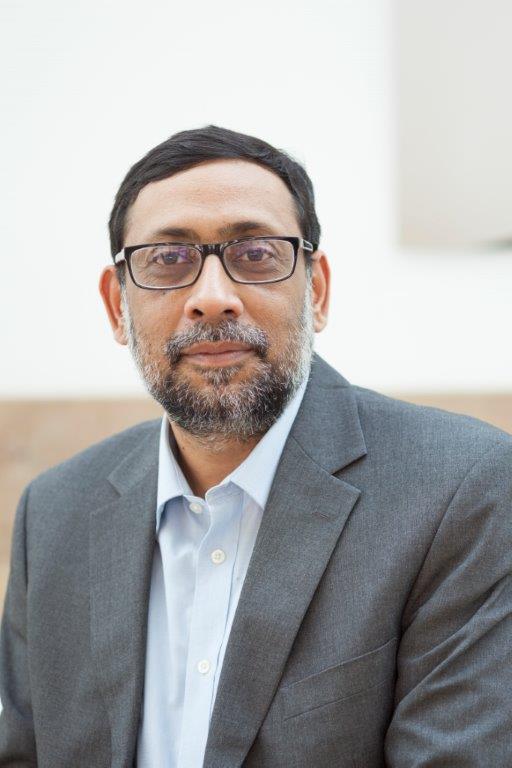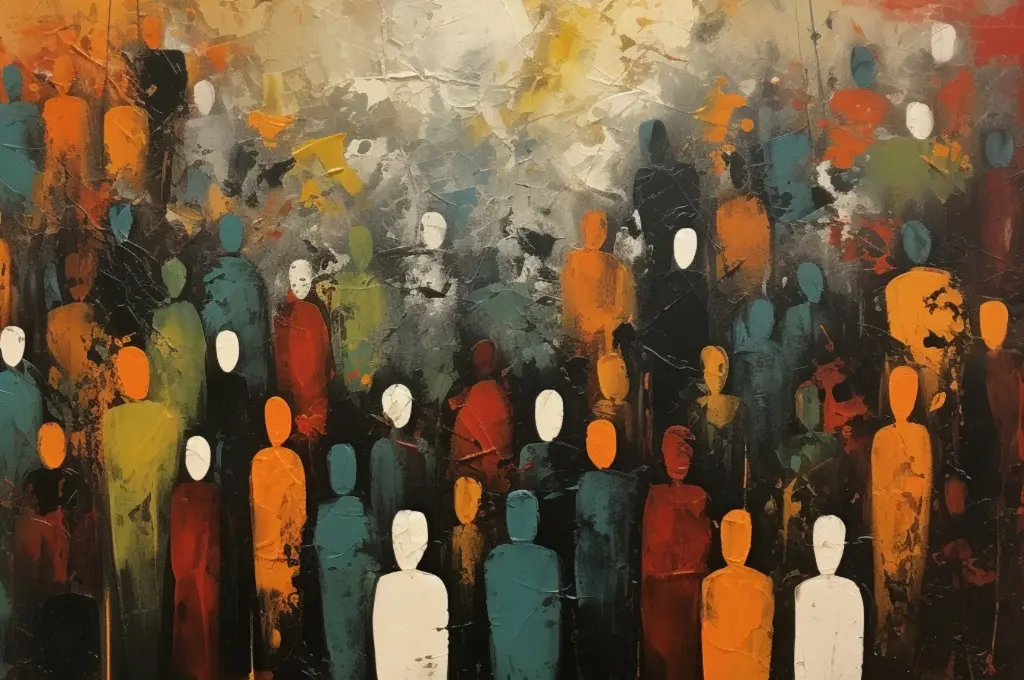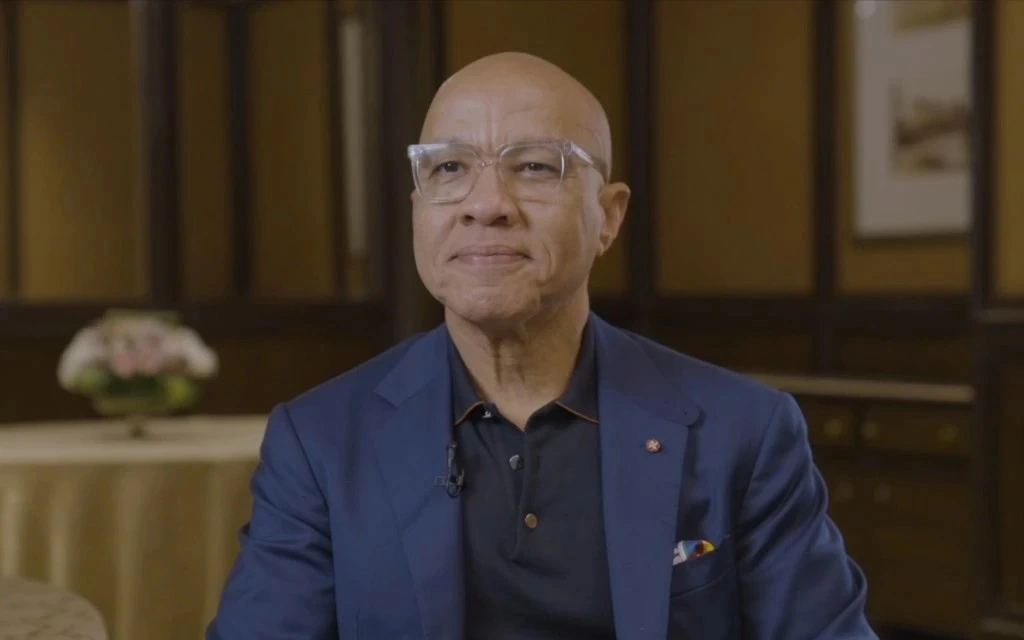From someone who has worked on both sides of the fence—as a receiver of funds as well as a donor—here are 15 ideas on how we as a funding community can serve our partners better.
Understand the role of civil society in asking the right questions, seeking accountability, and searching for solutions to persistent problems. Be willing to listen to, engage with, and appreciate the passion and intensity that civil society brings into the discussion, as the third sector of a democratic system.
The nonprofit partner has a greater stake than the donor in the success or failure of the project; they are in direct contact with the community and are answerable to them. If we as donors think that this is not true then there is something wrong in the way the partnership has been conceived.
Related article: Lessons for fellow philanthropists
Money is only one of the components needed to work in the development space. Although it is very necessary, we should not let our control over it allow us to believe that we are more powerful or legitimate than the people we make the grants to.
Make your application process simple and straightforward. Let’s not tie up our giving with too many pre-thought out strategies, approaches and directions. When we do have to focus on a theme, we can keep the ‘theme set’ as large as possible so as to be able to incorporate innovations and field-level ideas.
Spend quality time with nonprofit partners during the due diligence phase and build a relationship of trust and comfort before building a financial one. In the same vein, when designing M&E systems, be sure about what they will be used for—it’s no use investing significant project funds for marginal information that can be obtained through real conversations.
Refrain from building solutions and then looking for the problem they address.
Social development processes are not low cost, and so, don’t look for solutions that are low cost. The more marginal the target group, the more necessary it is to expand the possibilities of investment and ensure that they are not sub-optimal. Similarly, recognise that our nonprofit partners are organisations like any other—we need to contribute to their ‘overhead costs’ so that they can build their programme and organisation with transparency and accountability.

There is a lot of experience in the development sector and it might be useful to build a ‘learning relationship’ with organisations. | Photo courtesy: NeedPix
Community challenges are guided by complicated inter-relationships and intersectionality. The solutions to these are not linear. Building a systemic approach to address problems will allow for systemic, instead of superficial change.
Technology is not the solution but using it as a process is important. Investing in human capacities and subsequently in their ability to use technology will make for solutions that are real and long term.
Related article: Three decades of philanthropy: What we learnt
At least not in the beginning. Instead, look at what is the best approach to take. Each project in due course will reveal its scalable possibility based on the different elements that get worked upon. Keep your eyes open to see the smaller changes that begin to appear and use creativity to see how they can be multiplied.
‘Impact’ is a word that we as donors should stop using unless we are willing to put 7 to 10 years of funding into the intervention. We need to understand that there is a sequence to what projects achieve—first come outputs (changes directly attributable to issues that the project addresses), followed by outcomes (changes to the issues that the project addresses and in the immediate vicinity of the project), followed then by community acceptance of the change and lastly, community internalisation—which is finally when you will be able to see the impact of your work. Be willing to go through these processes.
If you are unable to commit long-term funding, know that your project will achieve short-term outputs. For example, a two-year project cycle is not enough time to bring out behaviour change, as it requires sustained inputs, over a much longer period of time but it is enough time, for example, to allow you to build a school building.
Related article: 25 powerful ways funders can support social movements
There is a lot of experience in the development sector and it might be useful to build a ‘learning relationship’ with organisations/foundations/companies and make them partners in the process. Also, if you are a newer player in the funding space, invite people with experience to join your decision making process.
How can we ensure that a livelihood initiative will not have a negative impact on women’s empowerment? Or a movement to undertake forestation may lead to the undermining of local self governance? It is important to have some clear values and overarching goals clearly laid out, and to use these to look at the projects you are funding from a well-rounded perspective.
Keep an eye on what the government is doing and the programmes it is implementing. In India, the government is still the largest development agency and though their processes are slow, they are the ones that can ensure mass coverage and change.





